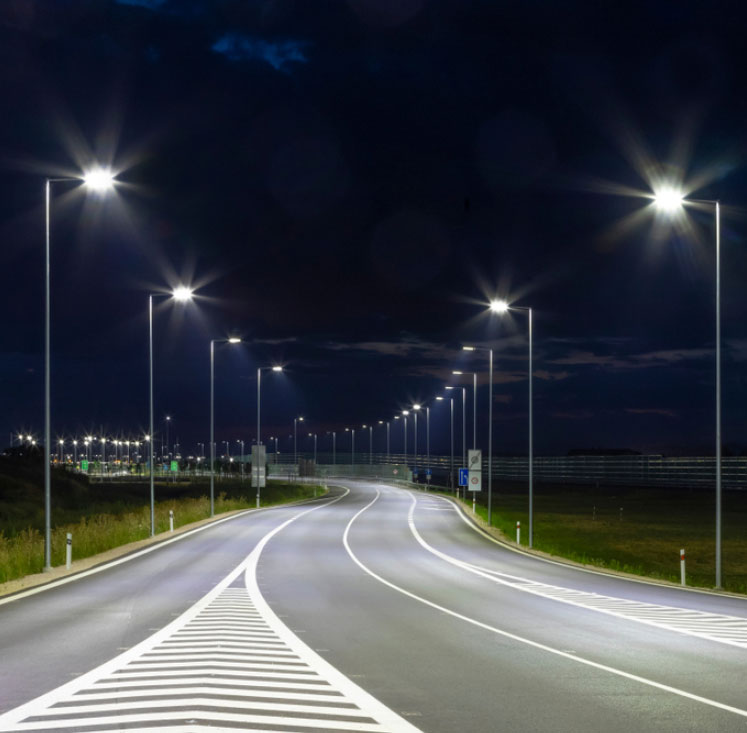Lighting impact assessments explained
A lighting impact assessment (or LIA) is a survey of your intended installation site that picks up on the potential negative effects your lighting could have on nearby landscapes, wildlife and residents and explains how your lighting scheme can mitigate against them.
LIAs are an important part of every new exterior lighting design, but they’re especially important if you’re working on an ecologically sensitive area, like Specific Sites of Scientific Interest (SSSIs), Special Areas of Conservation (SACs) and Areas of Outstanding Natural Beauty (AONB). That’s because they’re usually required before you get started with your installation.
Our LIA service covers a lot of things. But typically, we’ll include:
- Baseline light-level surveys.
- Desktop studies of your installation site.
- Drawings and 3D models that visualise lighting impact.
- Lighting strategies.
Why you can trust DFL
We’re one of the UK’s largest independent lighting consultancies, and we do LIAs day in, day out (they’re kind of our thing!).
Without boring you with the technical details, our experts are clued up on all the latest Institution of Lighting Professionals (ILP) guidelines and industry standards required to get the planning authorities on your side, including:
- PLG 04 — Guidance on Undertaking Environmental Lighting Impact Assessments.
- GN 01/21 for the reduction of obtrusive light.
- GN 08/23 — Bats and Artificial Lighting at Night (this one’s new for 2023!).
Not only this, but we’re also on the ILP committees and often have a say in what’s recommended for other lighting consultancies. Plus, we work very closely with environmental consultants. So, when you use our services, you know you’re in good hands.
Achieving your ideal lighting installation isn’t just about following the rules. It might be cliché, but we know that every project’s unique and will tailor our recommendations to your requirements.
We offer clear, easy-to-understand advice (no product jargon!) and ongoing support, with our team members acting as expert witnesses for planning appeals.
So, it’s up to you. We know it’s a big decision, but you can trust us to get your plans approved...
Let’s get assessing
More from DFL
Wondering how else we can help you with your upcoming lighting project? Take a look at our other services...

We do lighting impact assessments (LIAs) day in, day out. They’re usually required to secure planning approval and just so happen to be our speciality. So, you can rest assured we’ll support you with your lighting planning conditions and see your project through to completion.

Get our help planning a new lighting design or upgrading existing lighting infrastructure, like streetlights, for residential areas. We’ll handle everything from electrics and EV charging points to local authority approval!

Looking to create decorative lighting that’s been engineered ‘to a T’? Look no further! Our teams have the creative flair, technical know-how and ability to generate buildable solutions to ensure you achieve a beautiful scheme that accentuates public spaces and attracts passersby day and night.

Get ongoing support and guidance from our friendly lighting experts, who’ll be there to help you every step of the way during your project — perfect for local authorities looking to bridge the skills gap in their street lighting department.

Avoid getting your wires crossed (literally and figuratively) with our electrical design and electric vehicle (EV) charging point services. We’ll show you where and how to place your chargers to give you the best value without running cables everywhere!

We can support your wider team during highway and motorway upgrades and installations; we’re not afraid of big projects! From lighting and electricals to clash detection and the required Building Information Modelling (BIM) standards, our teams can handle it all.






















